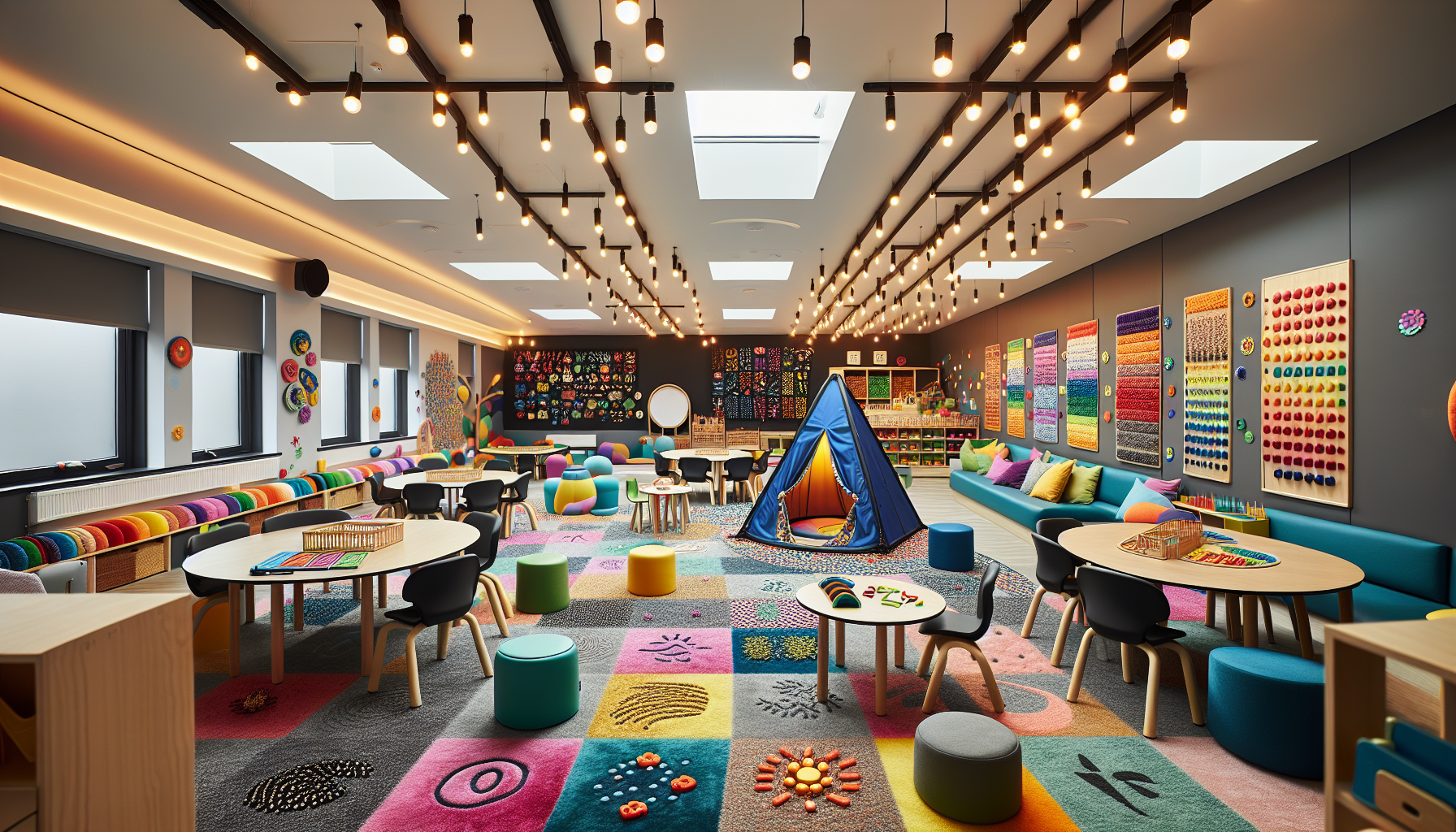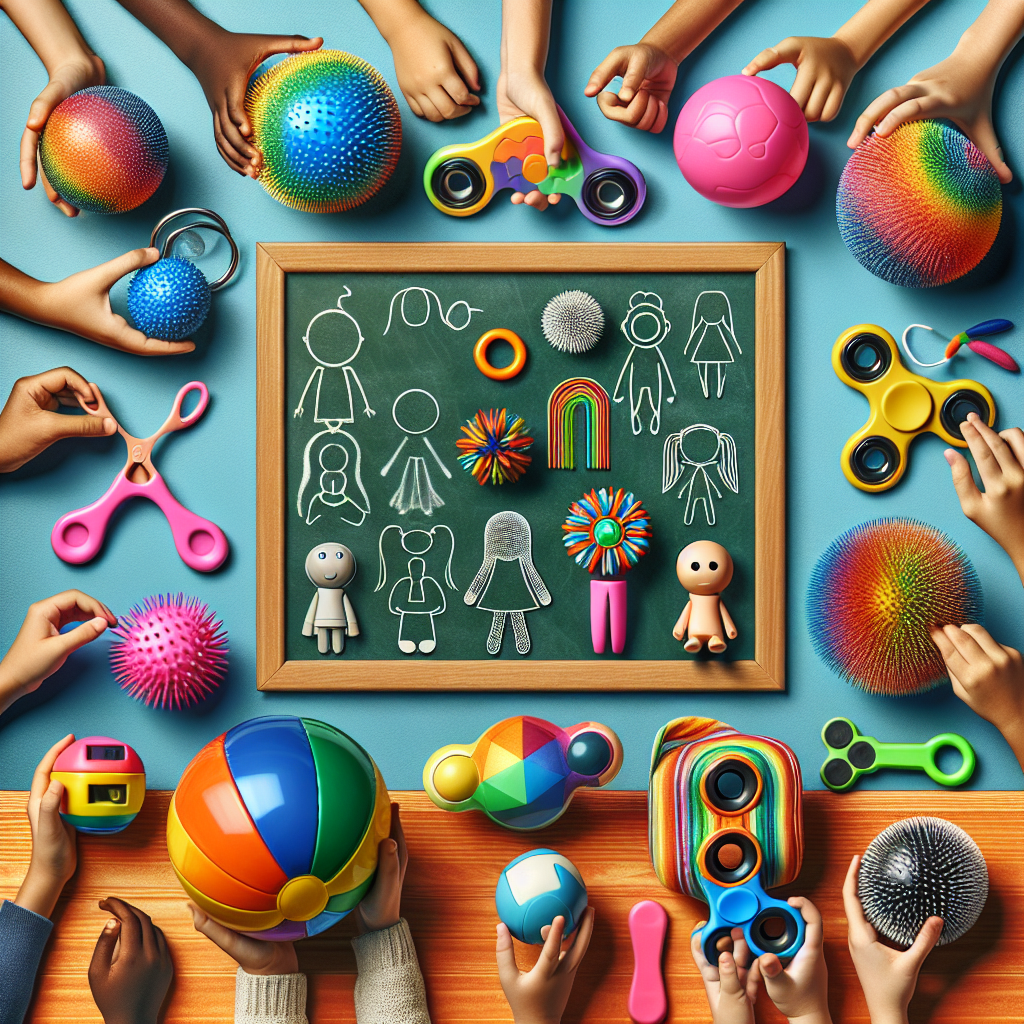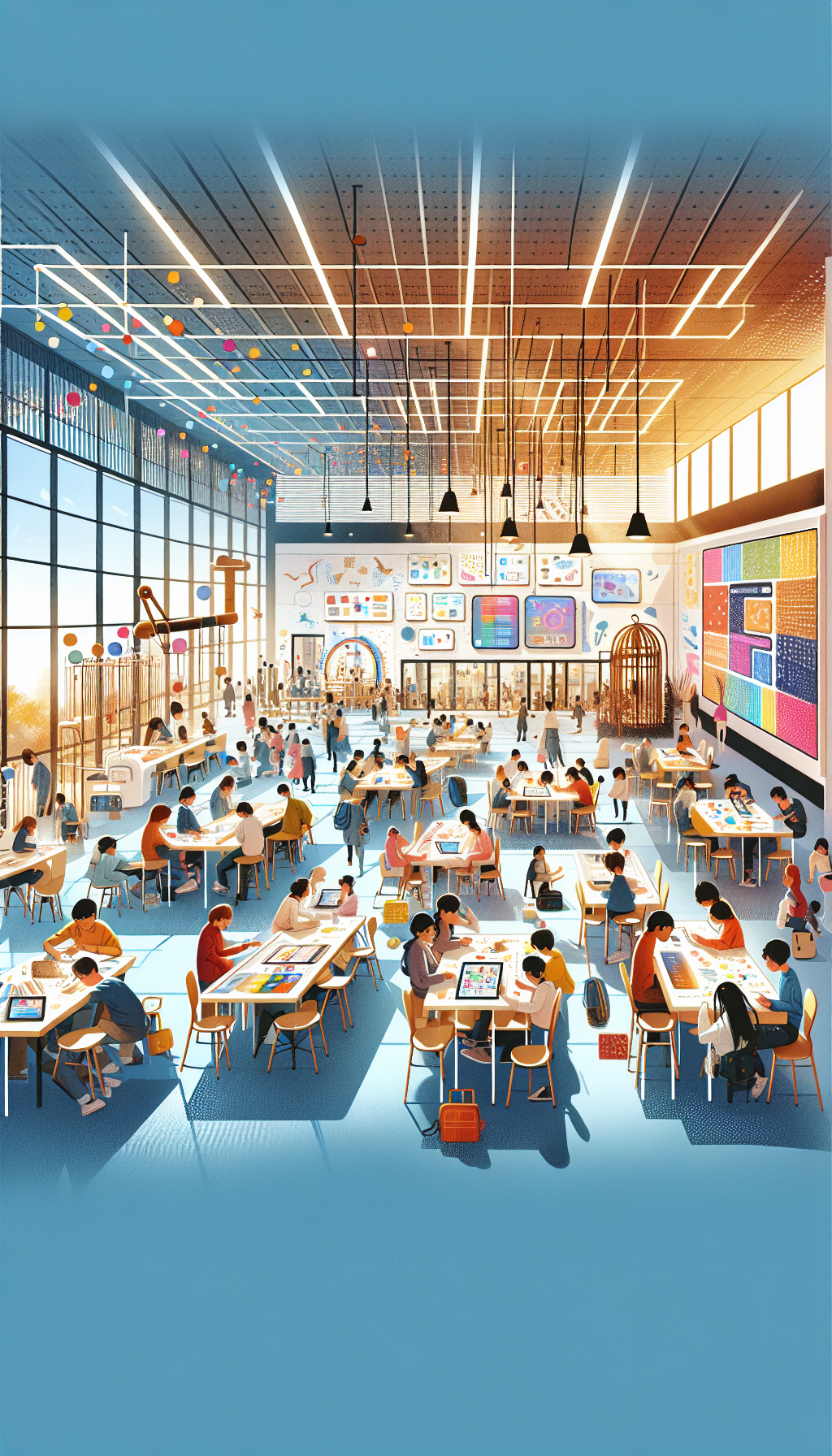Learning disabilities can present various challenges in traditional educational settings, making it imperative for educators and parents to adopt more inclusive and supportive instructional strategies. One such approach is the creation of a multisensory environment, which is designed to stimulate and engage learners through all their senses. This method has been shown to be particularly beneficial for individuals with learning disabilities, as it can help to enhance focus, information retention, and overall cognitive development.
Understanding Multisensory Environments
A multisensory environment incorporates elements that engage sight, sound, touch, taste, and smell. The idea is that by stimulating multiple senses simultaneously, students with learning disabilities can improve their academic skills and develop a stronger grasp of the material being taught.
These environments often include a mix of interactive and static elements, such as textured surfaces, colorful visuals, ambient sounds, and various scents. They are designed to be adaptable, catering to the unique sensory needs of each student, which can range from sensory sensitivities to sensory seeking behaviors.
The Benefits of Multisensory Learning
Multisensory learning can offer numerous advantages for students with learning disabilities. It can help enhance memory and learning by providing multiple pathways for information to be processed and retained. Furthermore, it can assist in developing fine and gross motor skills, improve attention and concentration, and encourage exploration and discovery in a safe setting.
Educators and therapists may use multisensory techniques to help students with dyslexia, autism spectrum disorders, attention deficit hyperactivity disorder (ADHD), and other learning challenges. For instance, using textured letters to teach reading can help children with dyslexia associate the shape of letters with their sounds, thereby improving reading skills.
Integrating Sensory Elements in Learning
To create a multisensory environment, it is important to consider the individual needs of students. Some may benefit from high-contrast visuals, while others may prefer tactile experiences or auditory stimuli. In many cases, a combination of these elements will be most effective.
For example, a lesson on plant biology could be enriched by providing students with actual plant specimens to touch and smell, audio recordings of the rainforest, and visual diagrams of plant structures. By engaging multiple senses, students can form a more complete understanding of the subject matter.
Best Practices for Designing a Multisensory Environment
When designing a multisensory environment, consider the following best practices:
- Safety and Accessibility: Ensure that the environment is safe and accessible for all students. Avoid overwhelming stimuli that could be distracting or uncomfortable for some learners.
- Flexibility: Create spaces that can be easily reconfigured to support different types of activities and learning styles.
- Inclusivity: Make sure that the environment caters to a wide range of sensory needs and preferences.
External Resources for Multisensory Environment Design
To further delve into creating effective multisensory environments, consider these niche resources:
- CAST: Universal Design for Learning Guidelines
- Understood: For Learning and Thinking Differences
- LD Online: The Educators’ Guide to Learning Disabilities and ADHD
Linking Sensory Health and Learning
A key component of a multisensory environment is an understanding of sensory health. Sensory processing is how the brain interprets and responds to sensory information, and it plays a crucial role in learning and development. For more information on how sensory health impacts cognitive functions, Sensory Health and Its Impact on Communication Skills offers valuable insights.
Related Articles on Sensory Health and Learning
To explore additional strategies and considerations for supporting individuals with learning disabilities, these related articles provide a wealth of information:
- For insights into sensory approaches in specialized care settings, Implementing Sensory Approaches in Dementia Care is an essential read.
- Understanding the challenges faced by those with sensory processing issues is critical. Navigating the World with Sensory Processing Challenges provides a deep dive into this topic.
- The role of sensory stimulation in elderly care is another important aspect of sensory health. The Role of Sensory Stimulation in Elderly Care discusses techniques and benefits for the elderly population.
Conclusion
Creating a multisensory environment for learning disabilities is not just about enhancing academic performance; it’s about fostering an inclusive educational space where all students feel valued and supported. By engaging multiple senses, educators can provide a rich tapestry of experiences that cater to the diverse needs of their students, allowing them to thrive both academically and socially.
The incorporation of such an environment is a testament to the evolving landscape of education, one that recognizes the importance of addressing the whole child, with all their unique strengths and challenges. As research continues to shed light on the effectiveness of multisensory learning, it is hopeful that more schools and educational institutions will embrace these practices, leading to a brighter future for learners with disabilities.



